From March 24 to June 25, 2023, the halls of Palazzo Reale in Milan are devoting an extensive retrospective to one of the greatest photographers of the second half of the 20th century, Helmut Newton (Berlin, 1920 - Los Angeles, 2004). Entitled Helmut Newton. Legacy and conceived on the occasion of the 100th anniversary of the photographer’s birth (Berlin, 1920 - Los Angeles, 2004), the exhibition was postponed due to the pandemic but can now finally take place.The aim is to take a fresh look at the uniqueness, style and provocative side of the artist’s work.
Promoted by the Municipality of Milan-Cultura and produced by Palazzo Reale and Marsilio Arte, in collaboration with the Helmut Newton Foundation in Berlin, the exhibition is part of Milano Art Week (April 11-April 16, 2023), the widespread event coordinated by the Milan City Council’s Culture Department, in collaboration with miart, which networks the city’s main public institutions and private foundations dealing with modern and contemporary art, with a dedicated schedule of exhibitions and activities.
The exhibition is curated by Matthias Harder, director of the Helmut Newton Foundation, and Denis Curti and traces through 250 photographs, magazines, documents and videos the entire career of one of the most beloved and discussed photographers of all time. Alongside the iconic images, a body of previously unseen shots, presented for the first time in Italy, will reveal lesser-known aspects of Newton’s work, with a specific focus on the most unconventional fashion shoots. Polaroids and contact sheets will provide an understanding of the creative process behind some of the most significant motifs in Newton’s work, while special publications, archival materials and statements by the photographer will allow us to reconstruct the context in which the inspiration of this extraordinary artist was born.
Along an itinerary divided into chronological chapters, visitors will be able to go through all the phases and evolutions of Newton’s life and career, from his beginnings to his last years of production.
Born Helmut Neustädter in Berlin in 1920 to a wealthy family of Jewish origin, he expressed his interest in photography at an early age. He began his training at the age of 16 working alongside the famous fashion photographer Yva, but soon left the city to escape Jewish persecution. After several trips where he worked as a photojournalist, he opened a small studio in Melbourne with the support of his future wife, actress June Brunell. In 1956, operating under the Anglicized name of Helmut Newton, he began working with Vogue Australia, Vogue England and Henry Talbot in their joint studio in Melbourne.
The photographer achieved his inimitable style in Paris in 1961: his dynamic vision manifested, for example, in a series of photographs of the productions of fashion designer André Courrèges that Newton shot for the British magazine Queen in 1964, or in his work for Vogue France and Elle France. In the 1960s he carried on intense collaborations with Yves Saint Laurent and Karl Lagerfeld through which Newton captured the spirit of the times, marked by the sexual revolution at the end of the decade, without limiting himself to the representation of clothing as an accessory, with photography having a metaphysical slant. In the mid-1960s Newton bought a house near Saint-Tropez on the French Riviera, a place that would become the backdrop for countless shots. He became interested in the theme of the double, which he began to develop through image duplications and juxtapositions of mannequins and live models. Various commissions from international magazines prompted him to travel to Venice, London, Milan, Rome, Montréal and Tunis.
In the 1970s, stepping outside the canons of classical fashion photography, he made increasingly provocative images, twisting sets and employing models and stylists in unconventional ways. Newton further expands the creative possibilities of his photo shoots: in a helicopter, on a beach in Hawaii, in Parisian hotels. Through his work, he tests social and moral boundaries, going so far as to redefine them. His models appear elegant and erotic, anarchic and playful. These images capture and deceive the eye, only on closer examination does one distinguish what is real from what is a reconstruction or re-enactment of his ideas and observations. His inspiration for these shots comes from a wide variety of sources: surrealism, the fictional tales of E.T.A. Hoffmann, the transformations seen in Fritz Lang’s film Metropolis.
In 1981 he published the groundbreaking Naked and Dressed series, which appeared in the Italian and French editions of Vogue and later in his books. The new visual concept of the diptychs consists of models posing, side by side, naked and clothed, telling the cultural spirit of the time--such as the changing roles of women in Western society. Parallel to these images she produces the first so-called Big Nudes, both for print and as life-size prints. Beginning in 1987 Newton conceives his own large-format magazine, Helmut Newton’s Illustrated, consisting of four issues published at irregular intervals.
In the 1990s Newton uses an even more innovative and avant-garde approach, working for both fashion editorials and large commissions and advertising campaigns for designers such as Chanel, Thierry Mugler, YSL, Wolford, and eclients such as Swarovski and Lavazza. During this period, fashion images begin to establish themselves in the art market with “stellar” quotations in light of the growing awareness of the genre’s cultural significance. Newton receives awards in France, Monaco and Germany in recognition of his total dedication to photography.
The latest selection of shots once again sees intertwined, in Newton’s unique way, the main themes explored throughout his career: fashion, nude and portrait. It is a final powerful testament to the photographer’s unique character and extraordinary vision.
Until the end of his life Helmut Newton continued to enchant and provoke with his unique interpretation of femininity. His work for more than six decades defied all attempts at categorization. No other photographer has ever been published as much as Helmut Newton, and some of his most iconic images have become part of our collective visual memory.
Thanks to agreements with the Helmut Newton Foundation, the exhibition, for which a tour of major European and international museums is planned, will be exclusively in Italy from spring 2023 through summer 2024, and after Palazzo Reale it will also be shown in Rome, at the Ara Pacis Museum in fall 2023, and in Venice, at the new photography center “Le Stanze della Fotografia” on the Island of San Giorgio Maggiore, in spring 2024.
The exhibition opens Tuesday through Sunday from 10 a.m. to 7:30 p.m., Thursdays until 10:30 p.m. Last admission one hour before closing. Tickets: 17 euros open ticket, 15 euros full price, 13 euros reduced (for groups, visitors aged 6 to 26, over 65, CartaEffe LaFetrinelli and IBS holders, TCI and FAI members, Monday Museums initiative ticket holders, military personnel, law enforcement officersorder not on duty, teachers, other agreed categories), 10 euros reduced students (maximum 25 years), disabled with disability less than 100%, Abbonamento Card Musei Lombardia cardholders and Orticola members, 6 euros reduced special (school groups, groups organized directly by FAI and TCI, journalists, civil service volunteers working at the City of Milan). Free for disabled people with 100 percent disability, children under 6, licensed tour guides, one companion per group, two companions for school groups, companion of disabled people with necessity, accredited journalists, Milan Superintendence employees, ICOM cardholders, Palazzo Reale exhibition and science museum area employees, members of vigilance commission and fire brigade, free coupon holders. Advance sale 2 euros. For more information you can visit the Palazzo Reale website.

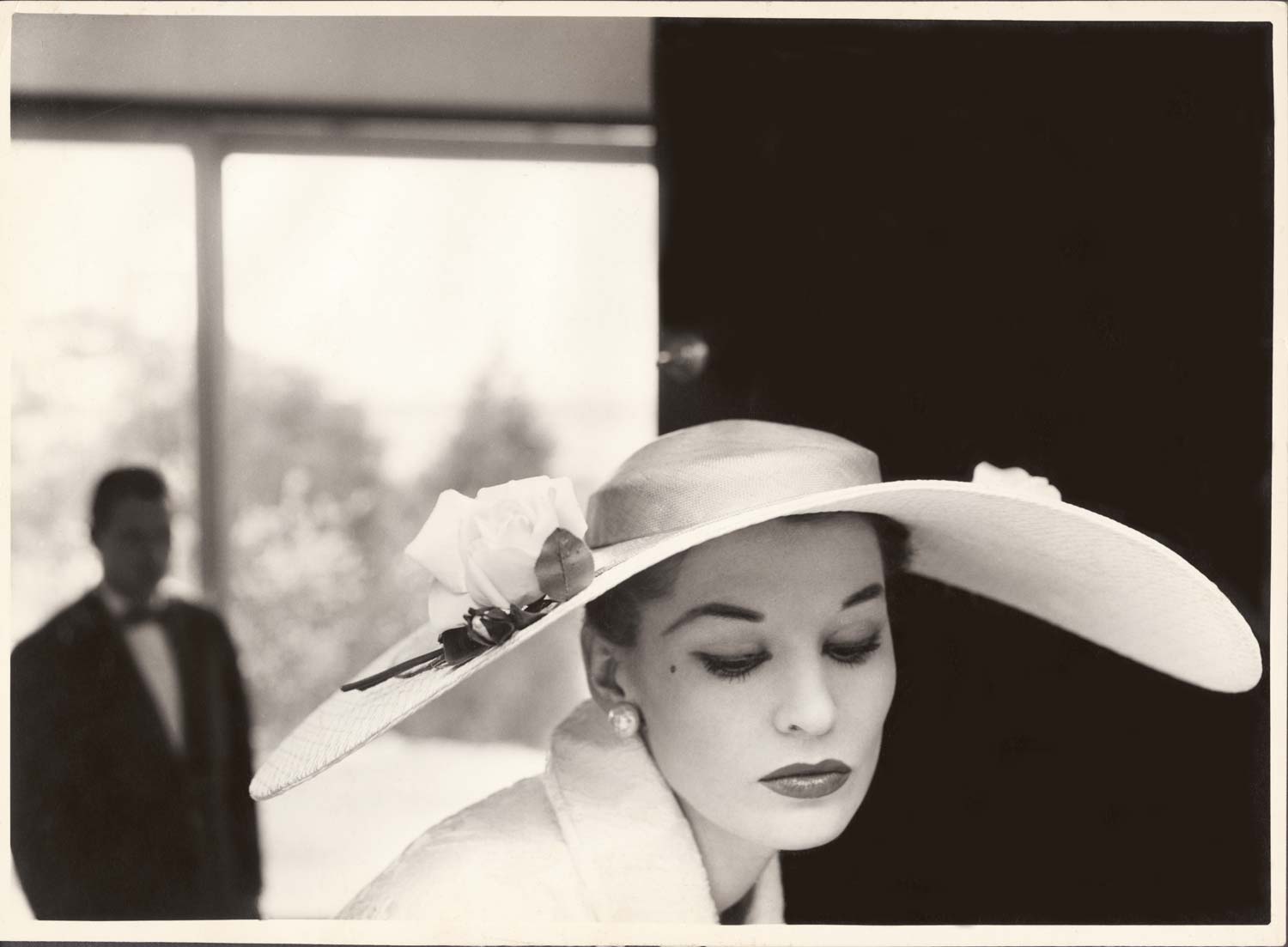

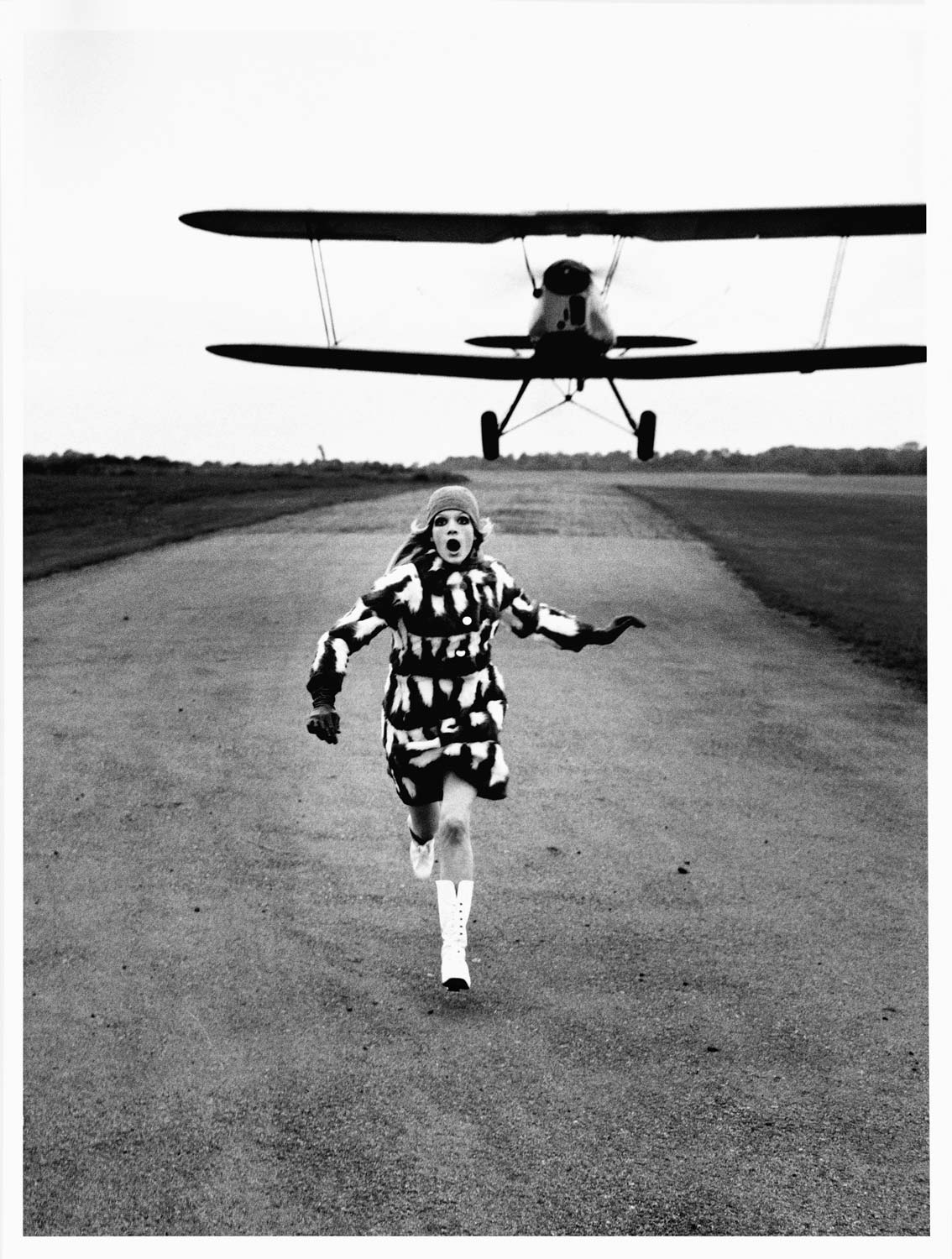

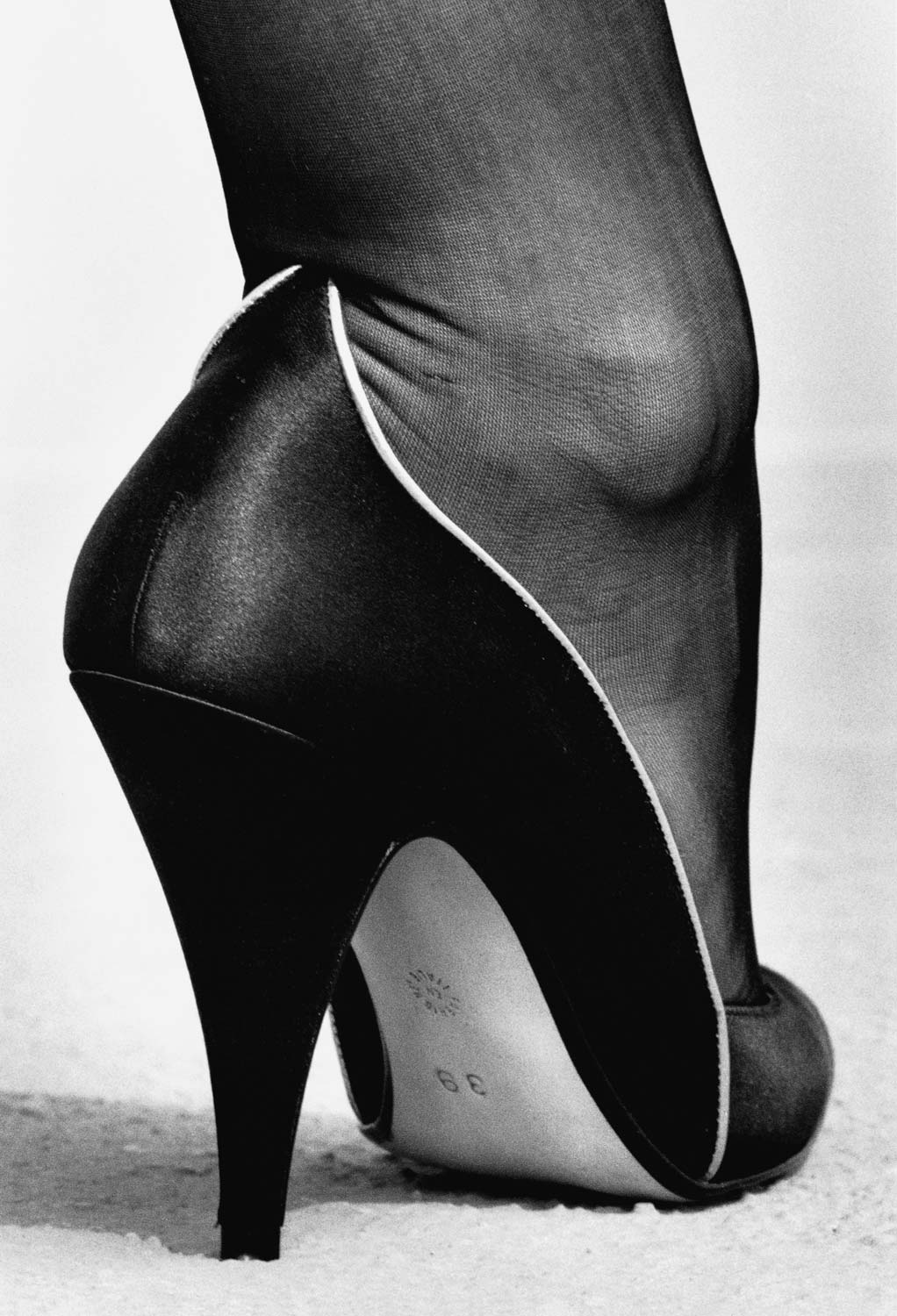
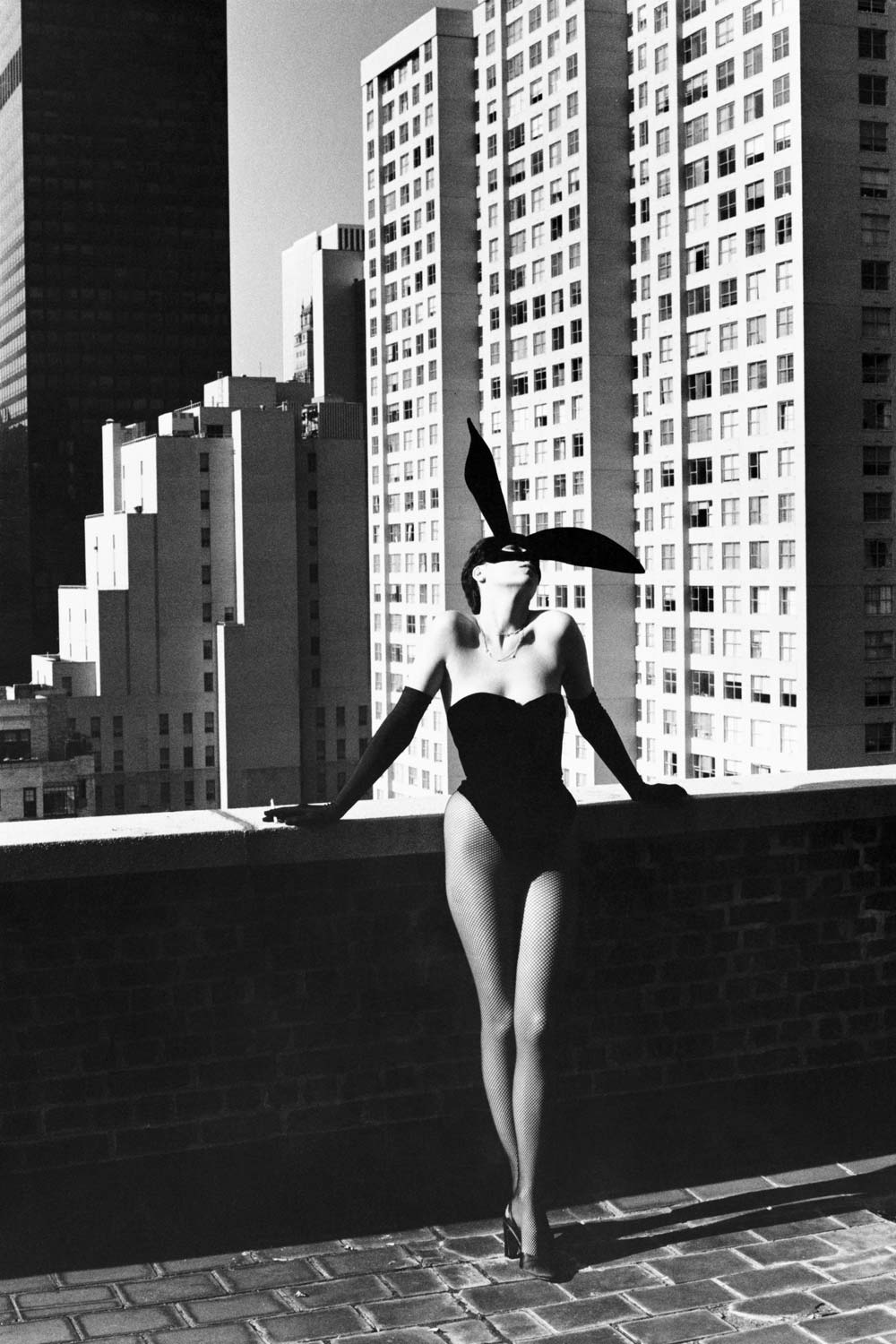
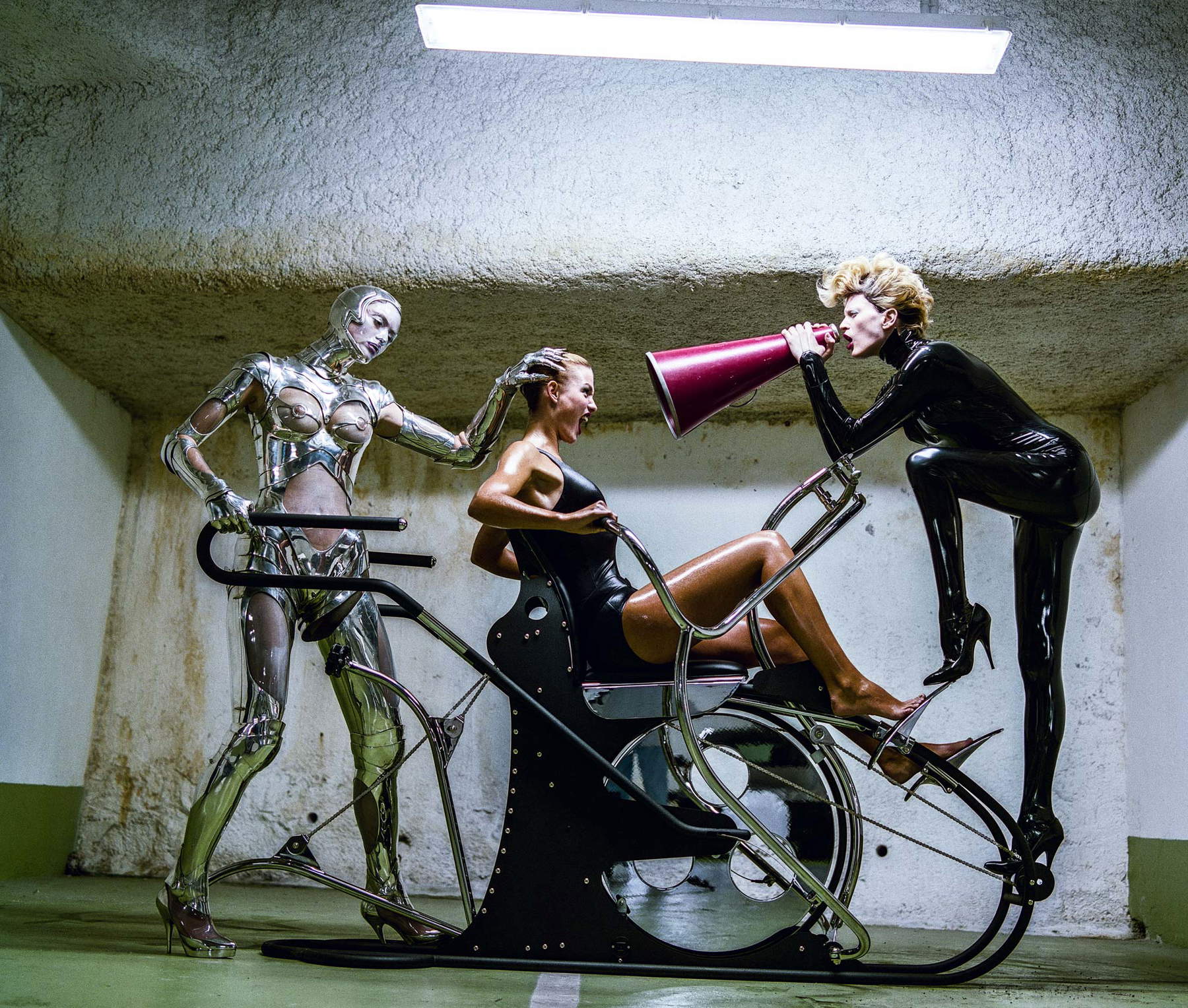
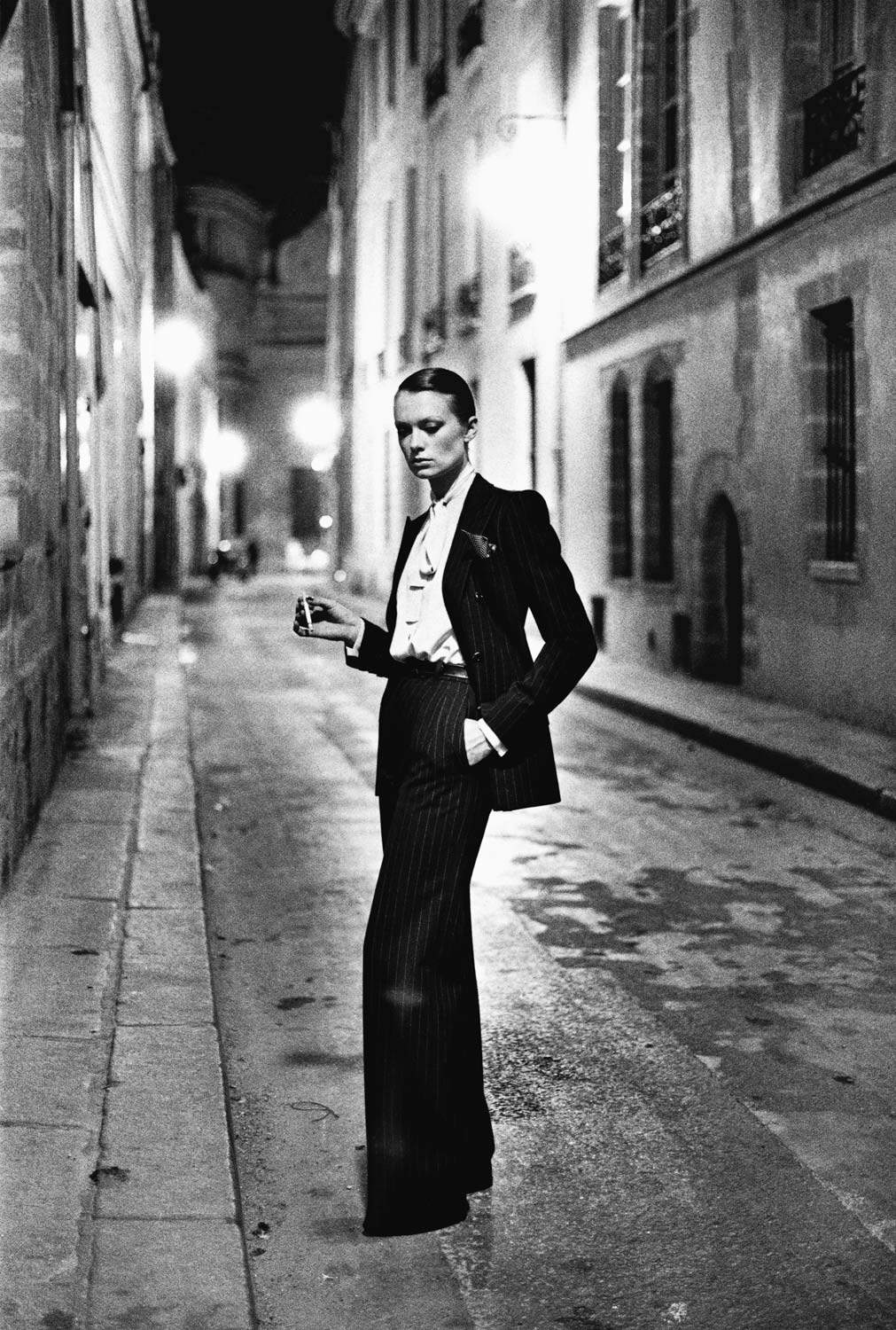
 |
| Milan, at Palazzo Reale the great exhibition on Helmut Newton |
Warning: the translation into English of the original Italian article was created using automatic tools. We undertake to review all articles, but we do not guarantee the total absence of inaccuracies in the translation due to the program. You can find the original by clicking on the ITA button. If you find any mistake,please contact us.